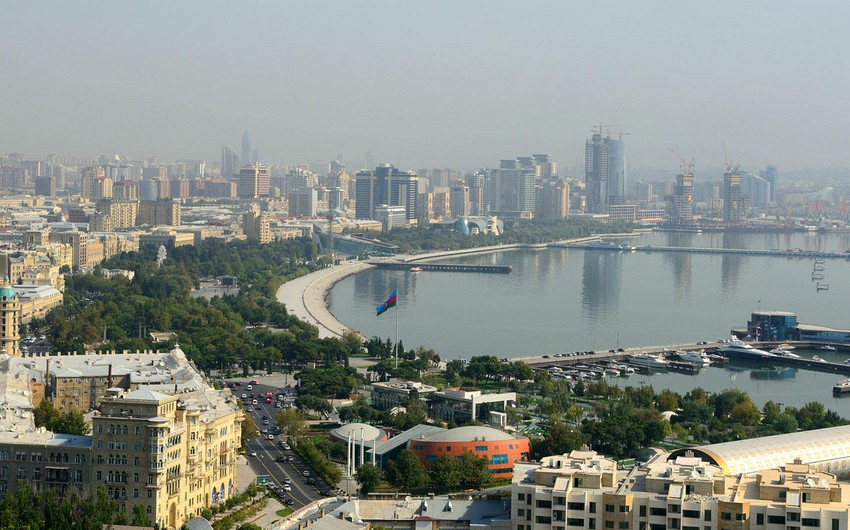Currencies of the Commonwealth of Independent States (CIS) and the wider region will be influenced in the months to come not only by global energy prices and monetary policies of key markets but also by domestic exchange rate policies, economic fundamentals, and sovereign debt position, Report says, citing consulting company IHS Markit.
Heavy dependence on commodities will act as a key transmission channel for adverse external shocks. Many regional currencies will avert a full-blown financial crisis helped by the exchange rate policy adjustments made during the last recession.
Much like other emerging markets, Eastern European and Central Asian (EECA ) economies—including the nine CIS countries plus Ukraine, Georgia, and Turkmenistan—have been hit by the collapse in both external and domestic demand in the wake of the coronavirus pandemic. EECA is heavily dependent on energy production for export revenues.
The Belarusian rouble has been the worst-performing currency this year, closely followed by the Russian rouble and the Ukrainian hryvnia. Both the Azeri manat and the Turkmen manat remain stable due to an expensive effective peg to the US dollar. However, Turkmen manat's black market value declined by around 25% in recent months compared to pre-pandemic levels.
The COVID-19 crisis and the renewed stress on regional currencies have also brought back into the spotlight any weaknesses in the countries' solvency and liquidity position. Intensifying pressure from external finances is likely to be reflected in increased exchange rate stress. Using the above metrics, Tajikistan presents as the CIS economy signaling the highest vulnerability, with all indicators flagging potential risks. Azerbaijan does not show any external financial risks on purely data grounds.
The US dollar's weakness and the extremely low-interest-rate environment in developed markets also ease some of the pressure on EECA currencies. Meanwhile, political pressure on central banks to ease policy to stimulate the real economy during the pandemic makes supporting the exchange rate more challenging.
Overall, in the short term, the exchange rate risks tilt to the downside for most of these currencies due to their commodity-dependency, as they will mostly move along the trajectory of market crude oil prices.


 https://static.report.az/photo/55823f85-cba9-38e2-ba47-469ded9d4df7.jpg
https://static.report.az/photo/55823f85-cba9-38e2-ba47-469ded9d4df7.jpg

